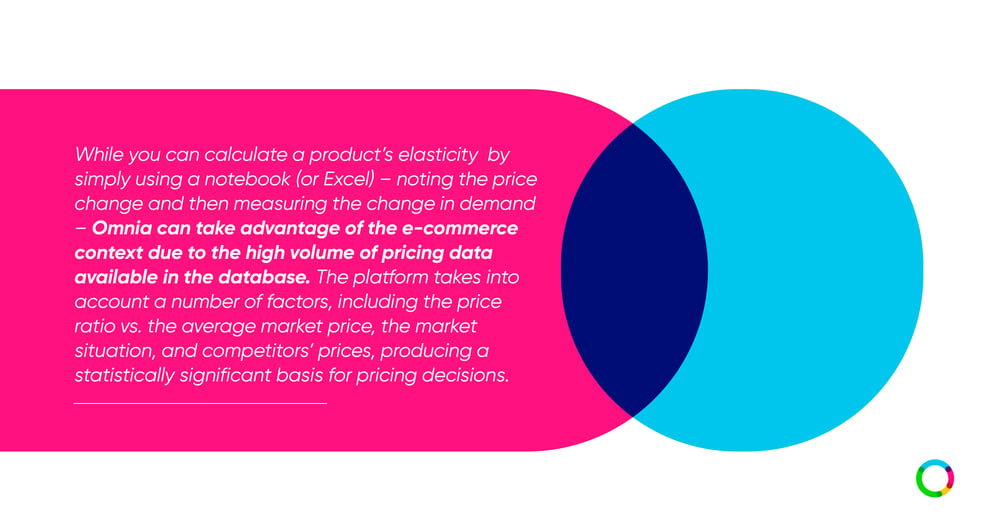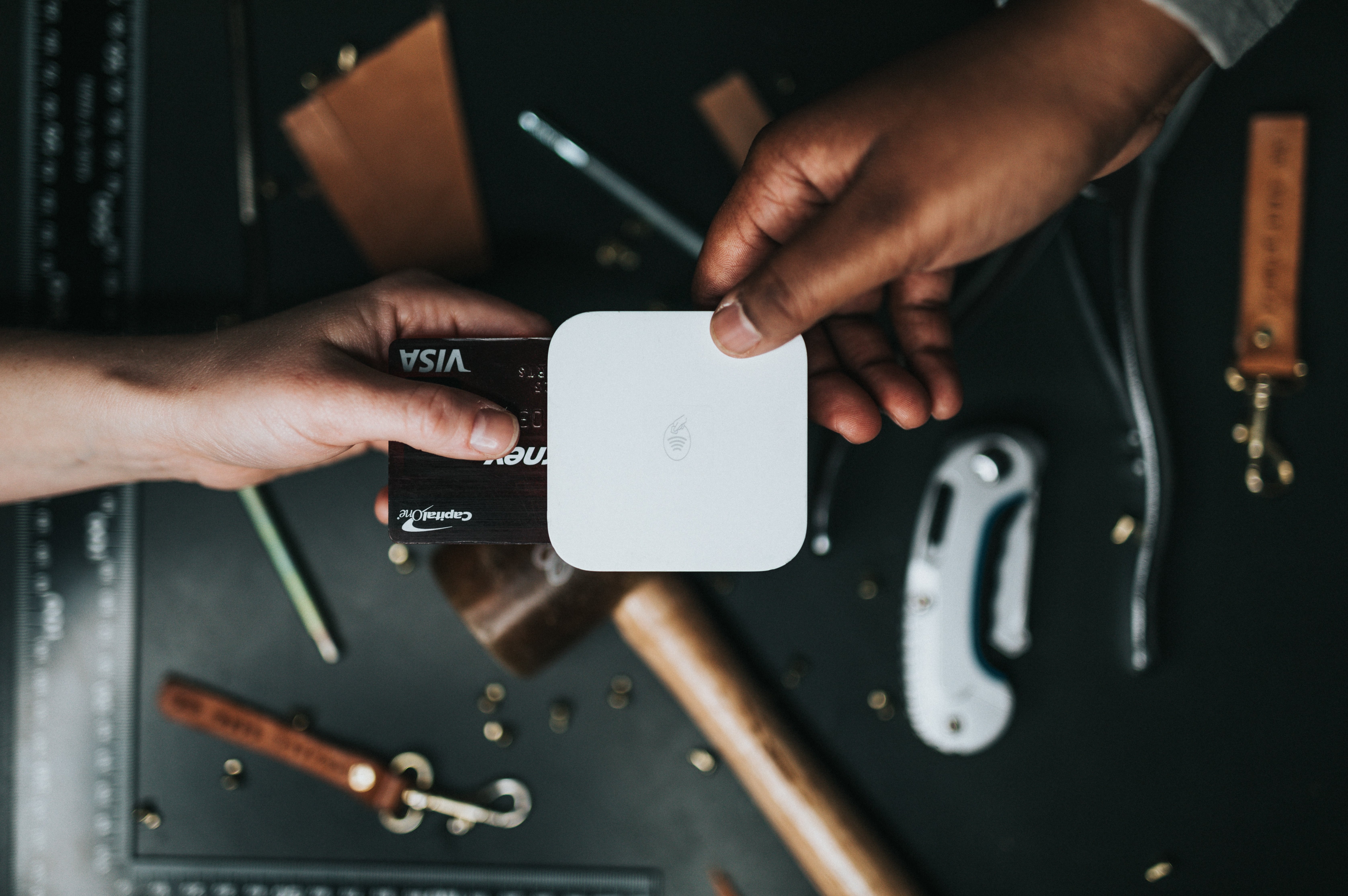In today's world, where online shopping is becoming more and more prevalent, e-commerce businesses need to be creative and strategic when it comes to attracting and retaining customers. One of the most popular and effective ways to do this is through the use of discounts and promotions. Uncertain economic conditions make this even more relevant: 60% of shoppers are actively seeking more coupons, offers, and discounts to help offset the higher prices they are paying across retail categories.
In this blog post, Omnia explores the different types of discounts and promotions commonly used in e-commerce, the benefits they provide to businesses, and some best practices for using them effectively.
An overview of discounts and promotions
No matter what you call it – discount, offer, promotion, coupon, Rabat (Dutch) or Rabatt (German) – what we are discussing here is giving customers a chance to get an offered product cheaper or with an additional benefit. Let’s run through some of the typical promotional models seen in e-commerce as well as examples of the events or reasons why businesses would run a promotional campaign.
Typical discount models
Discounts and promotions come in many different forms, from monetary savings to freebies to rewards, and it's important for businesses to understand the various options available to them. Here are some of the most common types used in e-commerce:
- Percentage off: This is a straightforward discount that offers customers a percentage off the price of an item or order. For example, a business might offer 10% off all orders over $50, or a 15% discount for customers who subscribe to their newsletter.
- Coupons or fixed-amount discounts: Some brands and retailers offer coupons for a fixed discount, for example €10 off. Coupons are increasing in popularity, with the global mobile coupons market projected to reach $14.8 trillion by 2027.
- Free shipping: Many customers are deterred by shipping costs, so offering free shipping can be a powerful incentive to buy. Businesses might offer free shipping for orders over a certain amount, or for a limited time.
- Buy one get one free (BOGO): This promotion encourages customers to buy more than they originally intended. Businesses might offer a free item with the purchase of another item, also known as “two for the price of one”.
- Bundle or bulk discounts: Some products will be packaged in bundles, allowing customers to get a discount on what they would have paid for each item separately. Other times, discounts will be offered for bulk orders (e.g. buying a case of wine vs. one bottle).
- Loyalty rewards: Some businesses offer loyalty rewards programs to incentivize customers to purchase more frequently. They may offer special discounts or promotions that are only available to loyalty members, for example, free shipping with Amazon Prime or Zalando Plus.
Some discounts and promotions are applied automatically to a customer’s cart at checkout, while others require a discount code to qualify the order for the deal.
Curious about how discounts can be used in your pricing strategy? Talk to us now.

Examples of typical promotional events or campaigns
Usually, e-commerce businesses have a reason behind their promotional campaigns, whether it be timing-related such as holidays, product-related like a new product launch, or something else:
Timely discounts
Time-based or seasonal promotions like Black Friday, Cyber Monday, winter holidays, and back-to-school season are common reasons for discounts to run. These tend to be high-volume time periods and brands and retailers offer promotions to win sales over competitors. Seasonal items may also be discounted during their low periods, such as swimsuits and summer sporting gear during the off-season. One example is this time-based discount for Black Friday from fashion brand Steve Madden:
New products or clearance
Brands may use offers to promote a new product launch, or use discounts to sell off a current item if a new or updated product will be launched soon. Promotions can help retailers to make space in their product assortment for new or higher-performing items. Nordstrom Rack has their “Clear the Rack” sales to make way for new products from brands:
Data collection
Retailers may run a campaign where they send a discount code to loyal customers such as subscribers or those with memberships so they can track the consumer’s behaviour and implement a data-driven marketing approach.
Beauty retailer Sephora has a loyalty program called Beauty Insider that uses a points system and exclusive benefits to reward customers:
Benefits and challenges of using discounts and offers in e-commerce
Benefits of e-commerce promotions
E-commerce companies choose to run promotional campaigns and offer discounts for a variety of reasons. Some of the benefits that can be achieved when properly executing a promotional campaign include:
- Attracting new customers: Offering enticing deals can reach new potential buyers and encourage them to try out a product or service. A survey from coupon website RetailMeNot found that 80% of consumers feel encouraged to buy from a brand that is new to them if they found an offer or discount.
- Driving sales: Promotional campaigns can stimulate sales, particularly during periods when demand might be low. According to the American Marketing Association, online shoppers who used coupons spent an average of 24% more than customers who did not make use of those offers.
- Increasing online conversions: Boosting conversions can be one of the biggest benefits of online offers. After using a coupon code, 57% of online shoppers said that without the discount, they would not have made the purchase.
- Encouraging repeat purchases: Offers can give a boost to customer loyalty, as customers may be more likely to return to a business that offers ongoing deals and rewards. A report from Vericast showed that 40% of online shoppers felt more favourable toward brands that offer a coupon or a discount, with 39% more likely to make a repeat purchase in the future and 30% saying they would be more loyal to the brand going forward.
Common challenges when using discounts and promotions
While discounts and promotions can be beneficial for e-commerce businesses, they can also present some challenges:
- Eroding profit margins: Businesses may find that discounts erode their profit margins, particularly if they offer too many promotions too frequently.
- Changing expectations: If they are not careful, businesses may have issues with what consumers expect. They may firstly train customers to only buy when there is a discount, which can be problematic if customers start to expect discounts all the time; or secondly, desensitise consumers to the offers so they are no longer effective.
- Hurting brand image: Discounts and promotions can sometimes lead customers to associate a brand with being “cheap”, which can damage its reputation and brand image.
Best practices for optimising pricing strategies
To mitigate these challenges, particularly profit margin concerns, and capitalise on all the possible benefits, businesses need to use strategic promotion management and follow best practices for optimising their pricing strategies.
What does good promotion management look like? No matter if you are a retailer, brand, D2C, or marketplace, it starts with making targeted pricing decisions depending on the market you are operating in: Are your categories and articles seasonal? Are your customers price-sensitive? Do you have overstock? Using questions such as these to set high-level goals will help ensure your promotions have the impact you’re hoping for.
What can a brand or retailer do to create promotional programs without sacrificing profit margins?
- Motivate a repeat purchase: Offer a coupon after the transaction, or give a discount if they become a newsletter subscriber so you can keep in touch.
- Use a loyalty program: Encourage customers to join your loyalty program rather than just offering one-time coupons.
- Offer tiered coupons: Instead of a flat percentage discount, encourage customers to spend more to save more by tiering coupons. For example, €10 off €50 or more, €20 off €100 or more, €50 off €250 or more.
- Incentivise customers to make referrals: Ask shoppers to refer new potential buyers in order to receive their discount.
- Offer subscriptions: Subscription or membership-based programs capitalise on customer loyalty and can give you recurring revenue.
- Have a reason – Giving consumers a reason for the sale or discount – whether that be a holiday, product launch, or new loyalty program – can keep expectations in check and avoid customers demanding those prices year-round. This happened to US retailer JCPenney, who decided to move away from a constant “sale” setup and lost customers who were angry about the change.
The role of psychology in promotional pricing
Consumer behaviour is, of course, impacted by psychology, and it plays a significant role in the world of e-commerce discounts and promotions. Understanding the psychological aspects of pricing can help businesses to ensure they choose the right promotional strategies for their target audience.
One well-known example of this is price elasticity: as price increases, demand falls. This is the foundation of why businesses offer discounts in the first place – because according to price elasticity, decreasing the price increases demand. However, this is not always the case, and it is good to know the price sensitivity of each product. Another psychological factor at play is around behavioural economics and how consumers view different types of savings. A majority of consumers would rather “get money off” (e.g. €10 off) versus “save money” (e.g. save €10). The reason comes down to linguistics: “saving” money implies the avoidance of loss, while “money off” implies consumers gain something from the offer. They may be saying the same thing, but “money off” is a more positive (and impactful) message.
Another psychological factor at play is around behavioural economics and how consumers view different types of savings. A majority of consumers would rather “get money off” (e.g. €10 off) versus “save money” (e.g. save €10). The reason comes down to linguistics: “saving” money implies the avoidance of loss, while “money off” implies consumers gain something from the offer. They may be saying the same thing, but “money off” is a more positive (and impactful) message.
How to use dynamic pricing tools for promotional pricing
With dynamic pricing tools and systems like Omnia Retail, users can integrate multiple internal data sources such as season, stock level, contribution margin, distribution channel, and compare data to competitors to calculate the optimal prices.
Easily apply unique discounts to different assortments and product groups. Discounts in the form of a coupon or “rabat” code can be used for different products where a retailer runs a specific pricing strategy.
Read about more interesting blogposts here:
- What is Dynamic Pricing?: The ultimate guide to dynamic pricing.
- What our the best pricing strategies?: Read about 17 pricing strategies for you as a retailer or brand.
- What is Price Monitoring?: Check out everything you need to know about price comparison and price monitoring.
- What is Value Based Pricing?: A full overview of how price and consumer perception work together.
- What is Charm Pricing?: A short introduction to a fun pricing method.
- What is Penetration Pricing?: A guide on how to get noticed when first entering a new market.
- What is Bundle Pricing?: Learn more about the benefits of a bundle pricing strategy.
- What is Cost Plus Pricing?: In this article, we’ll cover cost-plus pricing and show you when it makes sense to use this strategy.
- What is Price Skimming?: Learn how price skimming can help you facilitate a higher return on early investments.
- What is Map Pricing?: Find out why MAP pricing is so important to many retailers.




